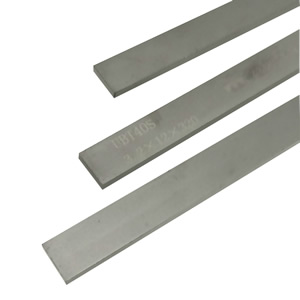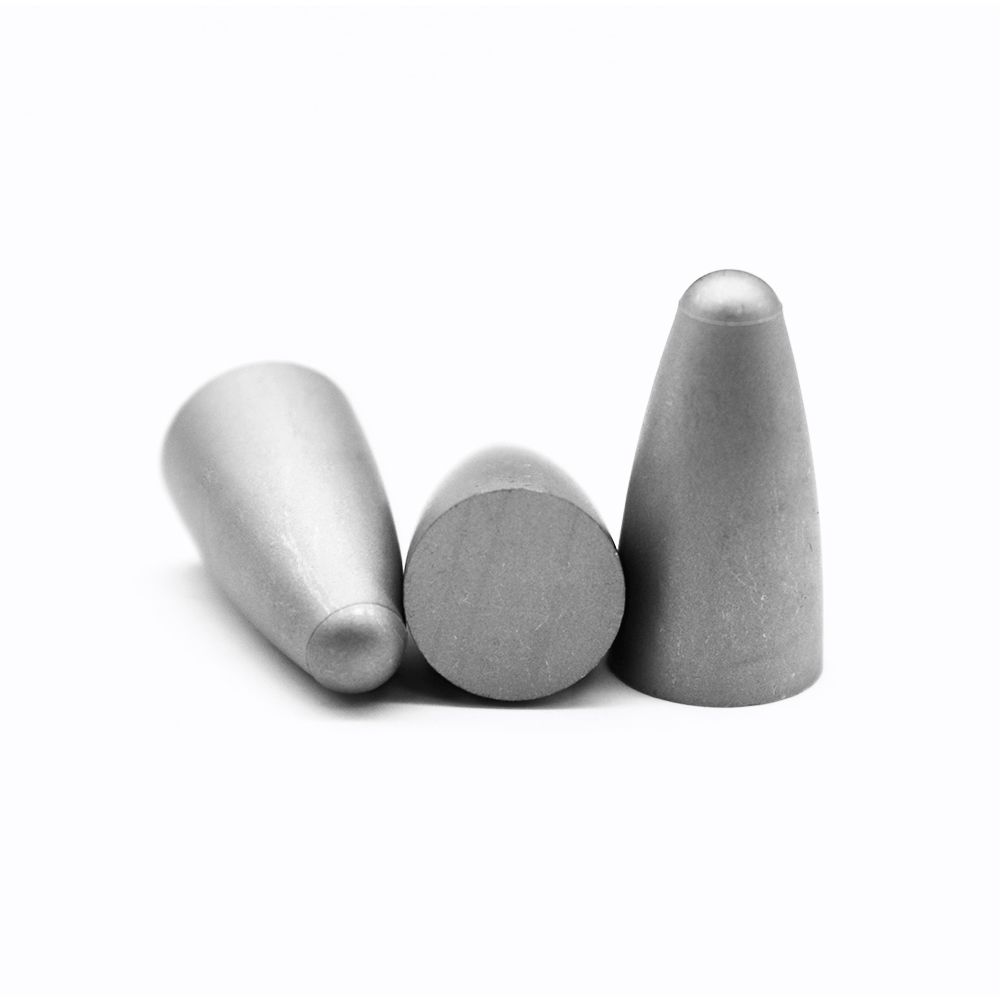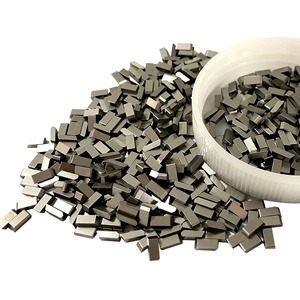Difference Between Tungsten Carbide Ball and Tungsten Steel Ball
A Comprehensive Introduction of the Difference Between Tungsten Carbide Ball and Tungsten Steel

Tungsten carbide ball and steel ball can be used in bearing, hardware, electronics, iron art, power, mining, metallurgy, mechanical equipment and other fields, but according to the actual use of the choice of tungsten carbide ball or steel ball specifications. Below, let's take a look at the difference between the two balls.
First, different definitions:
Tungsten Carbide Ball, the chemical formula is WC, is a black hexagonal crystal, and can also be called tungsten ball, pure tungsten ball, pure tungsten carbide ball or tungsten alloy ball. Steel ball, according to the different production and processing technology can be divided into grinding steel ball, forged steel ball, casting steel ball; based on the different processing materials, it can be divided into bearing steel balls, stainless steel balls, carbon steel balls, copper bearing steel balls and so on.
Second, different characteristics:
Tungsten carbide ball has metallic luster, melting point of 2870℃, boiling point of 6000℃, relative density of 15.63(18℃), insoluble in water, hydrochloric acid and sulfuric acid, but easily soluble in nitric acid - hydrofluoric acid mixed acid, hardness and diamond similar, with good electrical and thermal conductivity, excellent chemical stability, strong impact resistance, excellent wear resistance and other characteristics.
The rougher the surface of the steel ball, the smaller the effective contact area between the surfaces of the steel ball, the greater the pressure, the faster the wear. The rough surface of the steel ball is easy to make corrosive gases or liquids penetrate into the inside of the steel ball through the microscopic cracks on the surface, or the concave valley on the surface of the steel ball, causing corrosion on the surface of the steel ball.
Third, different production methods:
Tungsten carbide ball production method: on the basis of W-Ni-Fe tungsten alloy, add Co, Cr, Mo, B and RE (rare earth elements).
Steel ball production process: stamping → polishing → quenching → hard grinding → appearance → finishing → cleaning → rust prevention → finished product packaging. Notes: automatic cleaning, appearance detection (automatic removal of nonconforming products), automatic rust prevention and counting and packaging are all key factors affecting the quality of steel balls.
Fourth, different uses:
Tungsten carbide ball can be used in armour-piercing bullets, hunting tools, shotguns, precision instruments, water meters, flow meters, ballpoint pens and other products.
Steel balls can be used in medical equipment, chemical industry, aviation, aerospace, plastic hardware.
If you are interested in tungsten carbide products and want more information and details, you can CONTACT US by phone or mail at the left, or SEND US MAIL at the bottom of this page.





















